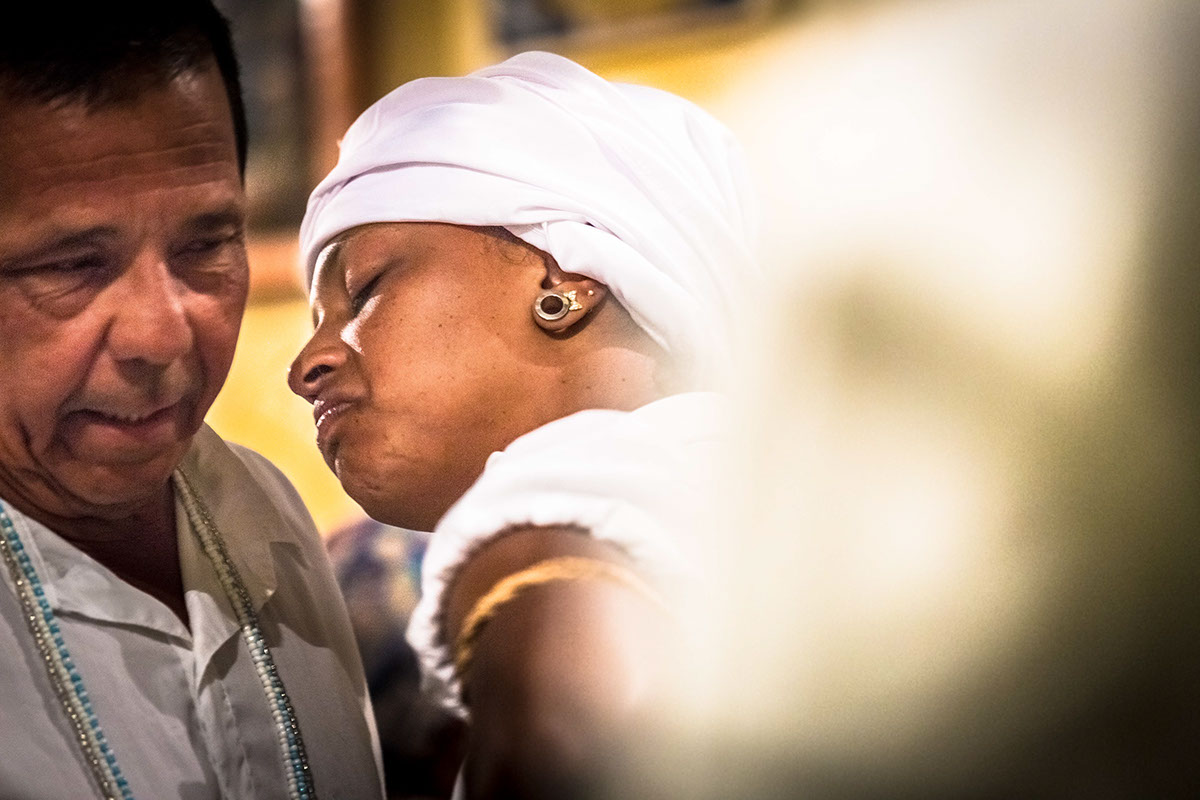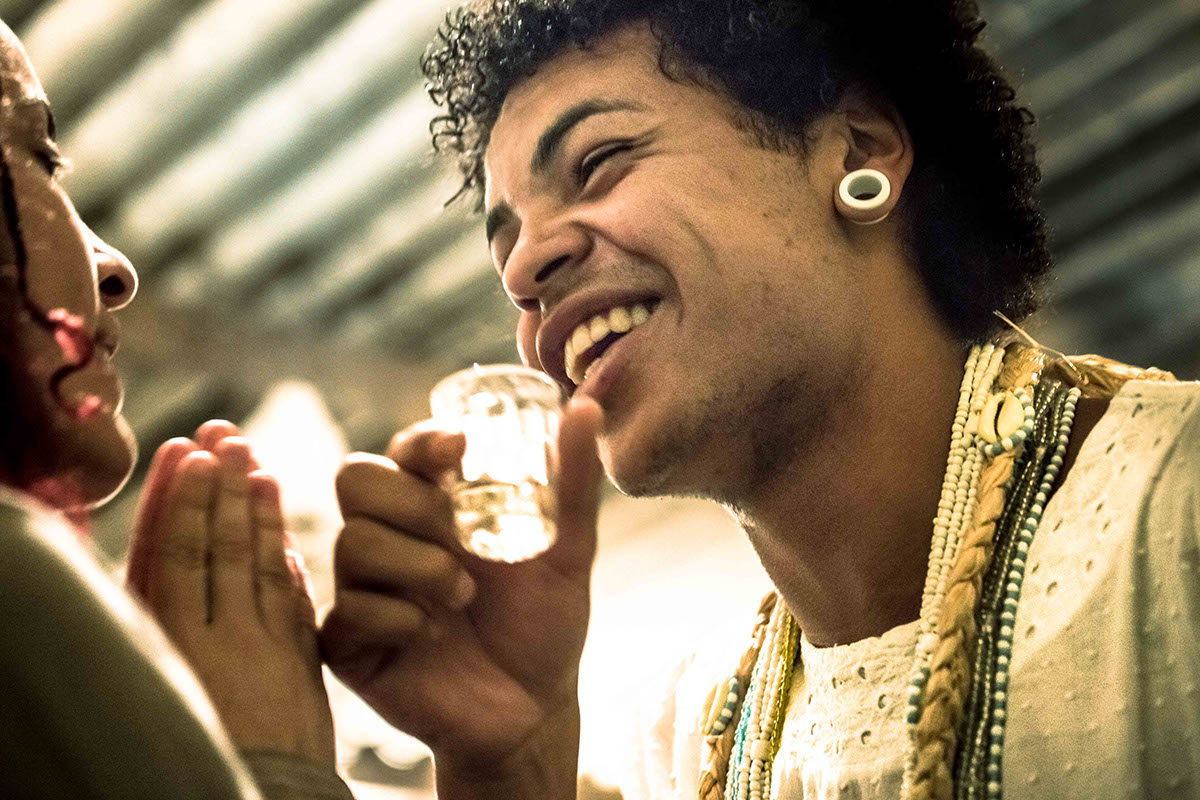THE DIAMOND CITY OF CANDOMBLÉ
[African slaves that dug diamonds, also left a religion behind...]
....................................................................................................................................................
by ©MiguelPinheiro - Brasil 2015
(all images are copyrighted and cannot be used without written permission)

The Black Mary is Nossa Senhora da Conceição Aparecida, the patroness of Brazil.
[ Diamantina - Brasil ]
_INTRO
During the XVIIIth century it was found the biggest gold reserve ever at a no-man's land in the heart of Brasil. A vast region became the new Eldorado. Men came from all over the world. And it got better, right after they found, well guess... diamonds! Such an enterprise demanded many workers, and the solution at the time was to get as many slaves as possible from Africa. The new diamond city was called "Diamantina", and up to these days one can see the African influence in population. Thousands of black people lived, made a family and died here. Apart from their work and sacrifice, they also left all their mining knowledge, their cultures and religions. From these elements combined, a new religion rose in Brasil: Candomblé!
Candomblé has an oral tradition, thus no holy scriptures. Practitioners of Candomblé believe in a Supreme Creator called Oludumaré, who is served by lesser deities, which are called Orishas. Every practitioner is believed to have their own tutelary orisha, which controls his or her destiny and acts as a protector. Music and dance are important parts of Candomblé ceremonies, since the dances enable worshippers to become possessed by the orishas. In the rituals, participants make offerings. Candomblé does not include the duality of good and evil; each person is required to fulfil his or her destiny to the fullest, regardless of what that is.

The initiated speaks in the name of the Orixás, deities that symbolise the powers of nature. The people ask questions about their lives and the Orixás speak through the initiated. After chanting and dancing, all the men, women and children take a moment to consult with the Orixás.
[ Diamantina - Brasil ]

To keep the trance and ecstasy going, the initiated drink spirits and smoke tobacco from a pipe. A high energetic focus is required from them, as each person is a living exchange of energy that demands a unique channel to transmit the advices of the Orixás.
[ Diamantina - Brasil ]

All initiated wear white, and have some beads around their necks. All the instruments, accessories, and chants are drawn from the old traditions. Some centuries ago, the same African slaves that dug the diamonds from the mountains around, also exchanged wisdom with the christians from Portugal, and the native indigenous from the land. Candomblé is mostly spoken in Yorubá, a language from the west African coast...
[ Diamantina - Brasil ]

Despite the presence of alcohol, no one leaves the room in any substance induced state of euphoria, this is, no one gets drunk. All is part of some sort of exchange at a deeper level.
[ Diamantina - Brasil ]

Through dance and chants and drums, people here reach alternative states of mind. This allows them to touch their inner self, and provides some of the answers they search.
[ Diamantina - Brasil ]

There are many paths to spirituality...
[ Diamantina - Brasil ]

